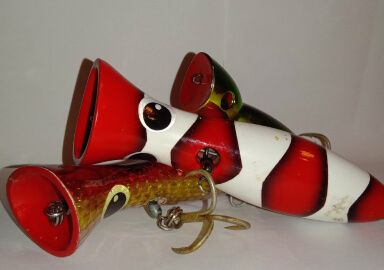Asp
Also known as “carp on steroids”, the asp is a medium-sized freshwater predatory fish found in Central and Eastern Europe.
View 2 listings
2
listings
–
price starting from
2
countries
–
to the nearest trip
Where and When?
Asp populations are concentrated in the larger rivers, lakes, and reservoirs at lower altitudes in Eastern and Central Europe, ranging from Norway and Finland in the north down to Slovenia and Croatia. Notably absent from Western European countries such as the UK, France, and Spain, asps also inhabit waterways that feed into the Caspian Sea, including the Danube River. Active feeders throughout the year and possibly around the clock, asp fishing peaks during and following their annual spawning migration in July and August, with late afternoon to early evening being the prime time. Asps favor fast-flowing waters with ample structure, often feeding at or near the water's surface.
About Asp
The asp (Leuciscus aspius), belonging to the carp family Cyprinidae, is a medium to large-sized freshwater fish, often humorously described as a “carp on steroids”. This top predator is known for its aggressive behavior and remarkable strength when hooked.
Asps have an elongated, somewhat round body with deeply forked tail fins. Their backs are usually dark, contrasting with shiny silver scales along the flanks and paler underbellies. They possess large, wide mouths positioned at the front of their heads, which engulf prey without needing sharp teeth. Asps can grow up to 120 cm (47 in.) in length, weighing as much as 12 kg (26 lbs.), though they are typically caught at sizes of 60-80 cm (23-31 in.) and around 5 kg (11 lbs.).
Young asps feed on insect larvae and bottom-dwelling invertebrates, progressively focusing on smaller fish as they mature. Sometimes mature asp hunt collectively, forming a line and driving the small fry towards the shore - this is quite a sight to see and a great opportunity for an angler as well. Asps inhabit the lower stretches of large rivers and migrate upstream to spawn in the summer. Their small, sticky eggs adhere to rocks and aquatic plants for two weeks before hatching, after which the fry drift downstream, feeding as they go.
How to Catch?
While asp are not particularly sought after for their culinary value due to a bony flesh, they have been embraced as a favorite sport fish for their feisty nature and resilience. They are fairly common and distributed widely in Eastern Europe, with a growing number of anglers pursuing this formidable predator. Asps can be targeted using a variety of techniques, from fly fishing to spinning and bait fishing, appealing to a broad spectrum of fishing enthusiasts. They can be caught from both small boats and riverbanks.
Fly fishing for asp can be thrilling, as the aggressive strike of a large asp is often followed by a powerful run and spectacular acrobatics. spinning with soft plastics, jerkbaits, shiny spoons, or natural bait is effective as well. Asps are attracted to structures such as bridge pylons, rocks, and fallen logs, making these ideal spots for casting. Anglers should be equipped with medium-strength gear and stay vigilant for the asp’s vigorous strike.
Despite being one of Europe’s lesser-known sport fishes, asp offer an exhilarating experience for anglers, guaranteeing a surge of adrenaline and a feeling of accomplishment upon a successful catch.




